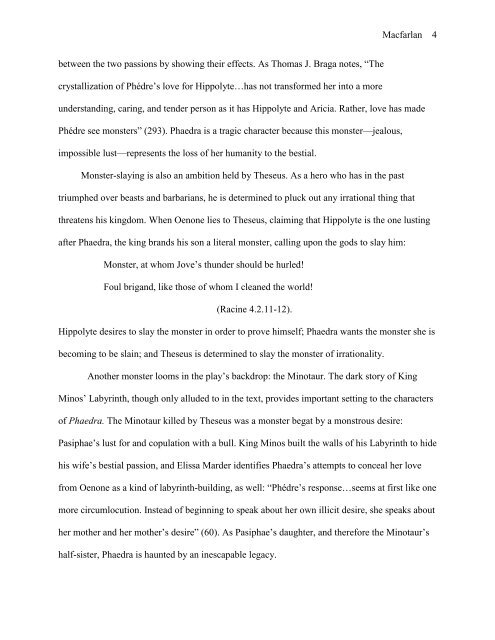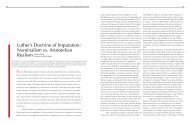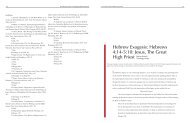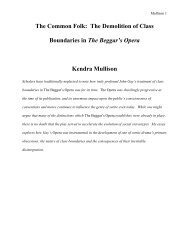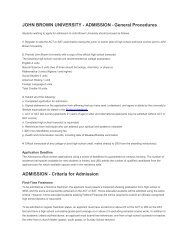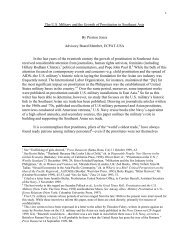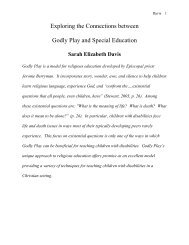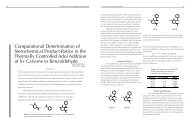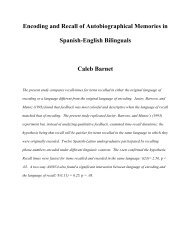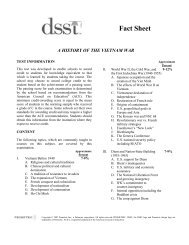Racine's Phaedra: Here There Be Monsters
Racine's Phaedra: Here There Be Monsters
Racine's Phaedra: Here There Be Monsters
Create successful ePaper yourself
Turn your PDF publications into a flip-book with our unique Google optimized e-Paper software.
Macfarlan 4between the two passions by showing their effects. As Thomas J. Braga notes, “Thecrystallization of Phédre’s love for Hippolyte…has not transformed her into a moreunderstanding, caring, and tender person as it has Hippolyte and Aricia. Rather, love has madePhédre see monsters” (293). <strong>Phaedra</strong> is a tragic character because this monster—jealous,impossible lust—represents the loss of her humanity to the bestial.Monster-slaying is also an ambition held by Theseus. As a hero who has in the pasttriumphed over beasts and barbarians, he is determined to pluck out any irrational thing thatthreatens his kingdom. When Oenone lies to Theseus, claiming that Hippolyte is the one lustingafter <strong>Phaedra</strong>, the king brands his son a literal monster, calling upon the gods to slay him:Monster, at whom Jove’s thunder should be hurled!Foul brigand, like those of whom I cleaned the world!(Racine 4.2.11-12).Hippolyte desires to slay the monster in order to prove himself; <strong>Phaedra</strong> wants the monster she isbecoming to be slain; and Theseus is determined to slay the monster of irrationality.Another monster looms in the play’s backdrop: the Minotaur. The dark story of KingMinos’ Labyrinth, though only alluded to in the text, provides important setting to the charactersof <strong>Phaedra</strong>. The Minotaur killed by Theseus was a monster begat by a monstrous desire:Pasiphae’s lust for and copulation with a bull. King Minos built the walls of his Labyrinth to hidehis wife’s bestial passion, and Elissa Marder identifies <strong>Phaedra</strong>’s attempts to conceal her lovefrom Oenone as a kind of labyrinth-building, as well: “Phédre’s response…seems at first like onemore circumlocution. Instead of beginning to speak about her own illicit desire, she speaks abouther mother and her mother’s desire” (60). As Pasiphae’s daughter, and therefore the Minotaur’shalf-sister, <strong>Phaedra</strong> is haunted by an inescapable legacy.


